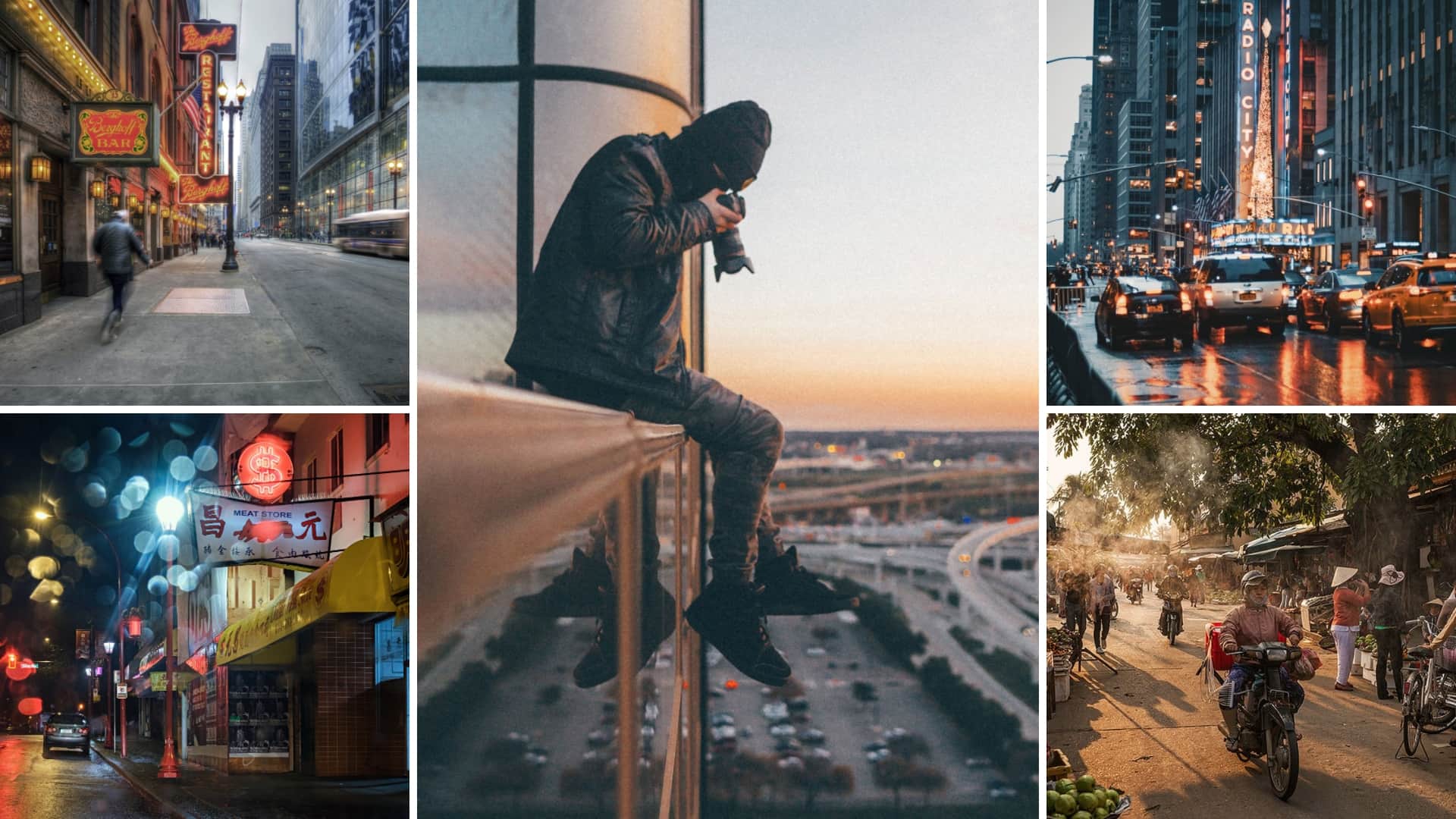The smart Trick of Framing Streets That Nobody is Discussing
The smart Trick of Framing Streets That Nobody is Discussing
Blog Article
The Buzz on Framing Streets
Table of ContentsTop Guidelines Of Framing Streets7 Simple Techniques For Framing StreetsThe Ultimate Guide To Framing StreetsNot known Factual Statements About Framing Streets Indicators on Framing Streets You Should KnowA Biased View of Framing Streets
, usually with the purpose of capturing pictures at a decisive or touching minute by mindful framing and timing. https://businesslistingplus.com/profile/framingstreets1/.
What Does Framing Streets Do?
Susan Sontag, 1977 Road photography can focus on individuals and their behavior in public. In this regard, the street photographer is similar to social documentary photographers or photojournalists who likewise operate in public areas, but with the objective of capturing newsworthy events. Any of these digital photographers' images might record people and building visible within or from public places, which frequently requires browsing ethical problems and regulations of privacy, protection, and residential or commercial property.
Representations of day-to-day public life develop a category in virtually every duration of world art, starting in the pre-historic, Sumerian, Egyptian and very early Buddhist art periods. Art dealing with the life of the road, whether within views of cityscapes, or as the dominant concept, shows up in the West in the canon of the North Renaissance, Baroque, Rococo, of Romanticism, Realism, Impressionism and Post-Impressionism.
Framing Streets Can Be Fun For Everyone
Louis Daguerre: "Boulevard du Holy place" (1838 or 1839) In 1838 or 1839 the first photograph of numbers in the street was videotaped by Louis-Jacques-Mand Daguerre in one of a pair of daguerreotype sights taken from his workshop window of the Boulevard du Temple in Paris. The 2nd, made at the height of the day, reveals an unpopulated stretch of street, while the other was taken at concerning 8:00 am, and as Beaumont Newhall reports, "The Blvd, so constantly loaded with a moving crowd of pedestrians and carriages was perfectly singular, except a person who was having his boots cleaned.
His boots and legs were well defined, yet he is without body or head, because these were in movement." Charles Ngre, waterseller Charles Ngre. https://telegra.ph/Framing-Streets-Mastering-the-Art-of-Street-Photography-01-10 was the very first professional photographer to obtain the technological class required to register individuals in activity on the road in Paris in 1851. Professional Photographer John Thomson, a Scotsman dealing with journalist and social activist Adolphe Smith, released Street Life in London in twelve month-to-month installations beginning in February 1877
Not known Factual Statements About Framing Streets
Eugene Atget is related to as a progenitor, not due to the fact that he was the very first of his kind, yet as a result of the popularisation in the late 1920s of his record of Parisian roads by Berenice Abbott, who was influenced to carry out a comparable paperwork of New york city City. [] As the city developed, Atget assisted to promote Parisian streets as a worthwhile topic for photography.

The smart Trick of Framing Streets That Nobody is Talking About
Martin is the first videotaped professional photographer to do so in London with a masked camera. Mass-Observation was a social research organisation founded in 1937 which aimed to tape-record daily life in Britain and to tape-record the responses of the 'man-in-the-street' to King Edward VIII's abdication in 1936 to marry divorce Wallis Simpson, and the succession of George VI. The chief Mass-Observationists were anthropologist Tom Harrisson in Bolton and poet Charles Madge in London, and their initial report was produced as guide "May the Twelfth: Mass-Observation Day-Surveys 1937 by over two hundred onlookers" [] Window cleaner at Kottbusser Tor, Berlin, by Elsa Thiemann reference c. 1946 The post-war French Humanist Institution professional photographers located their subjects on the street or in the bistro. Andre Kertesz.'s widely appreciated Images la Sauvette (1952) (the English-language edition was titled The Crucial Minute) advertised the concept of taking an image at what he termed the "decisive minute"; "when type and content, vision and composition combined right into a transcendent whole" - vivian maier.
Indicators on Framing Streets You Should Know
, after that a teacher of young kids, associated with Evans in 193839.'s 1958 book,, was considerable; raw and commonly out of focus, Frank's pictures examined mainstream digital photography of the time, "challenged all the official regulations laid down by Henri Cartier-Bresson and Pedestrian Evans" and "flew in the face of the wholesome pictorialism and heartfelt photojournalism of American magazines like LIFE and Time".
Report this page